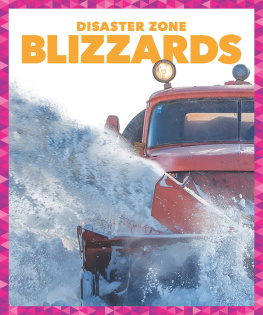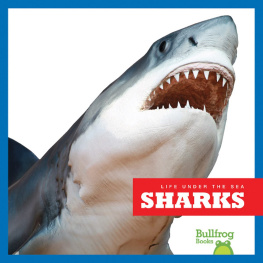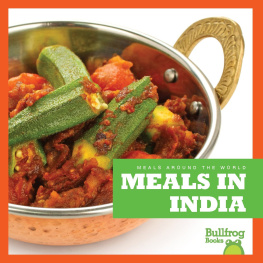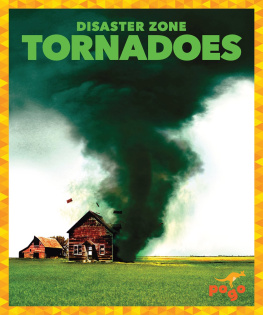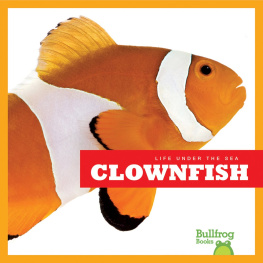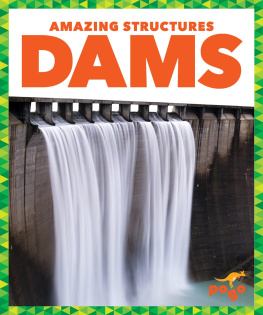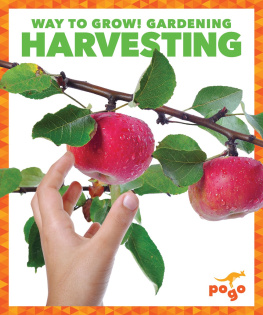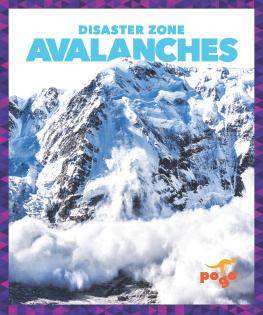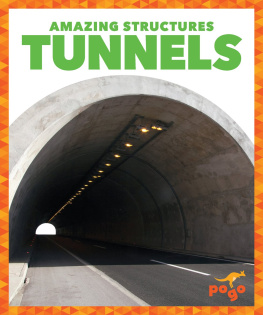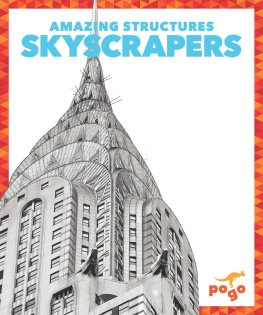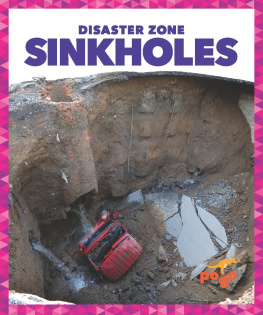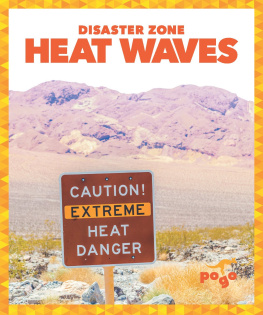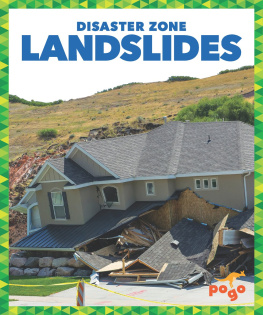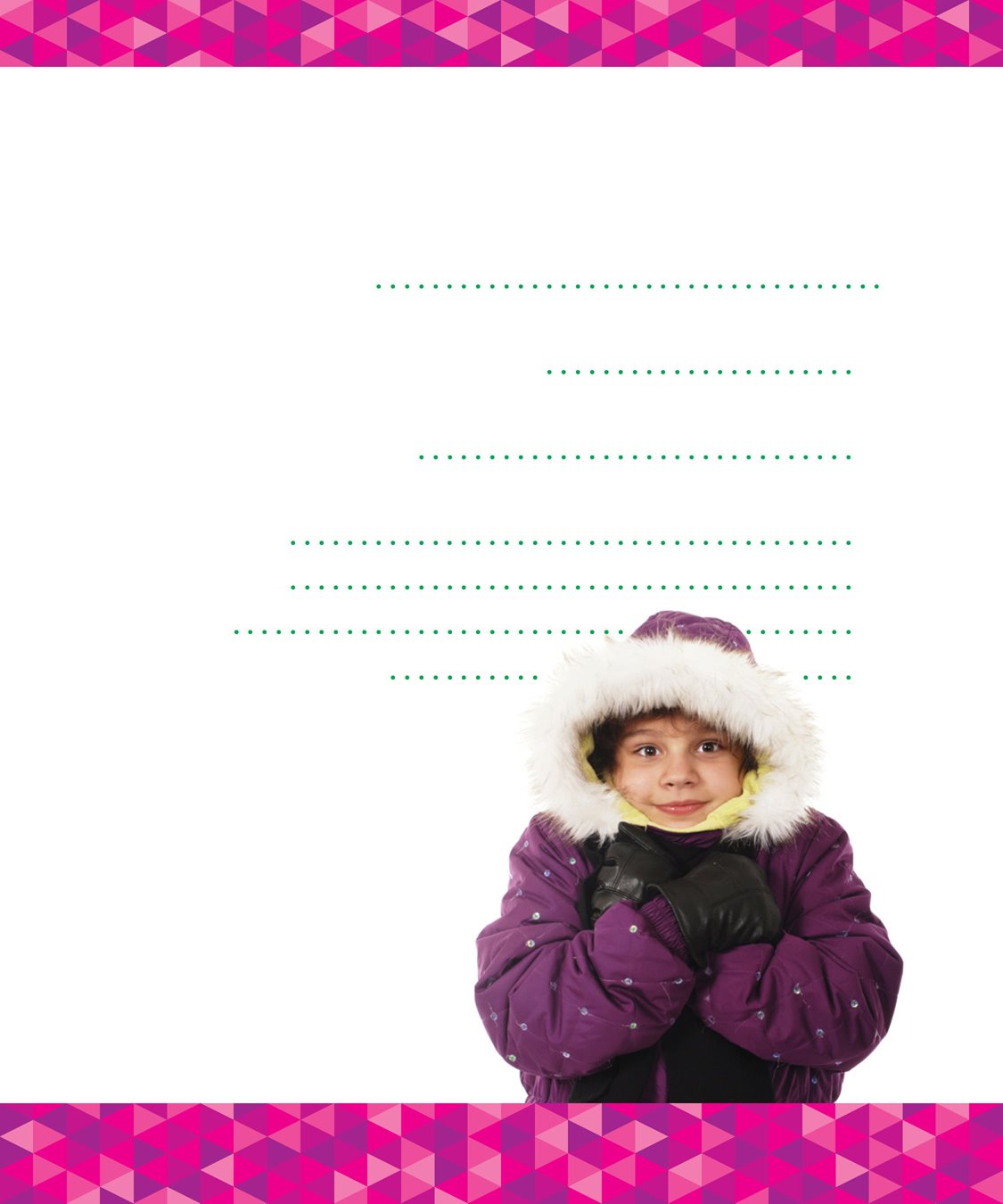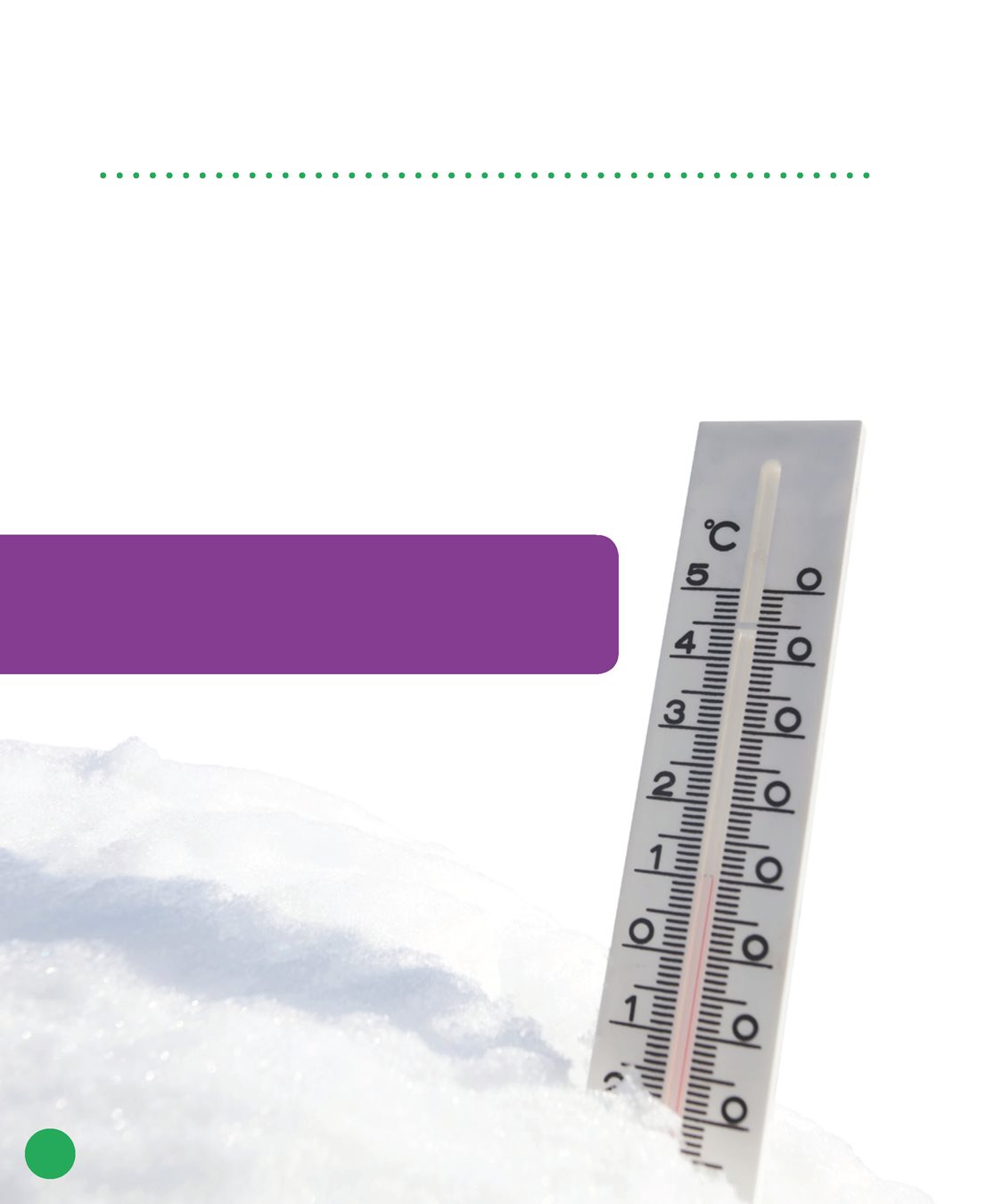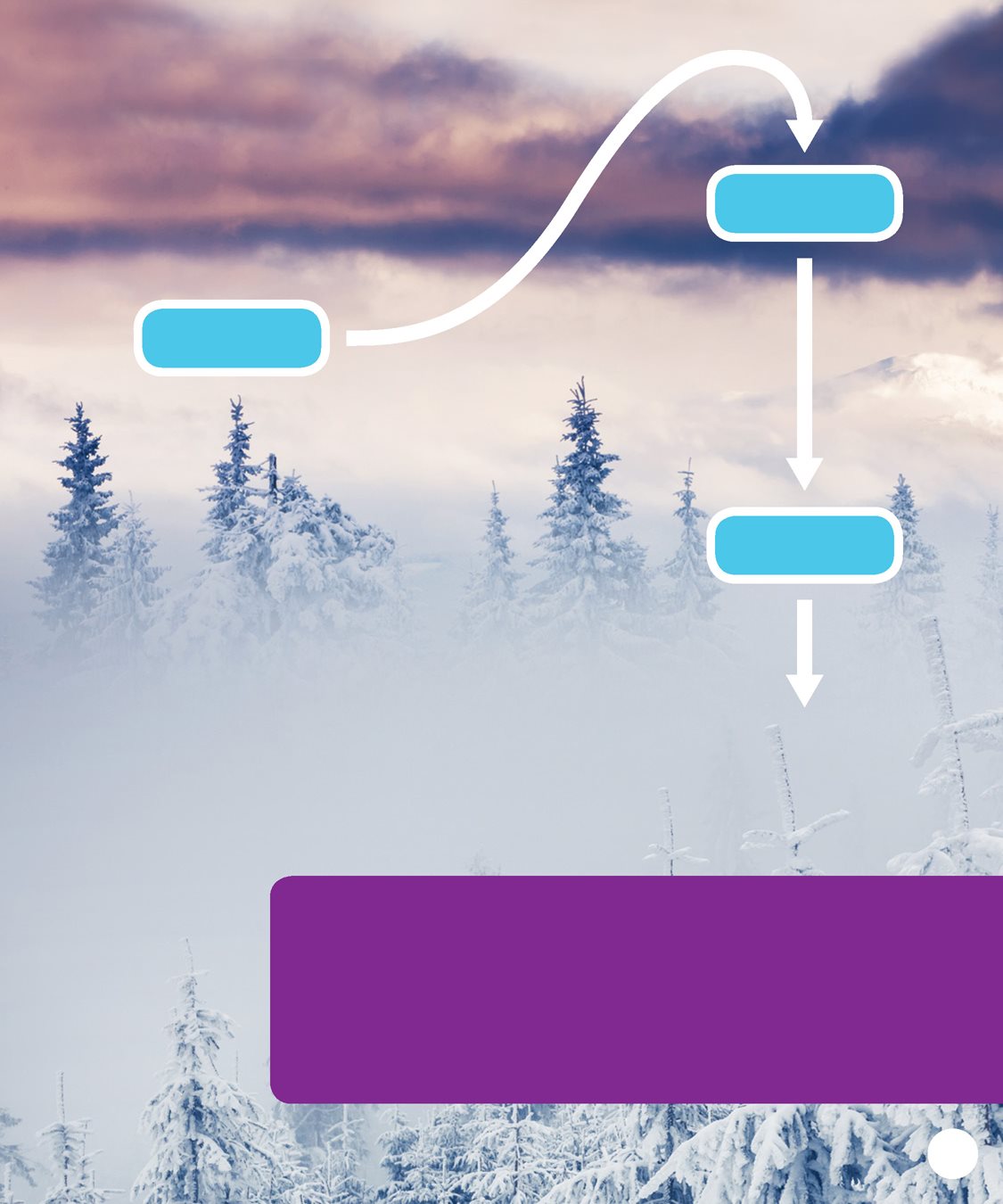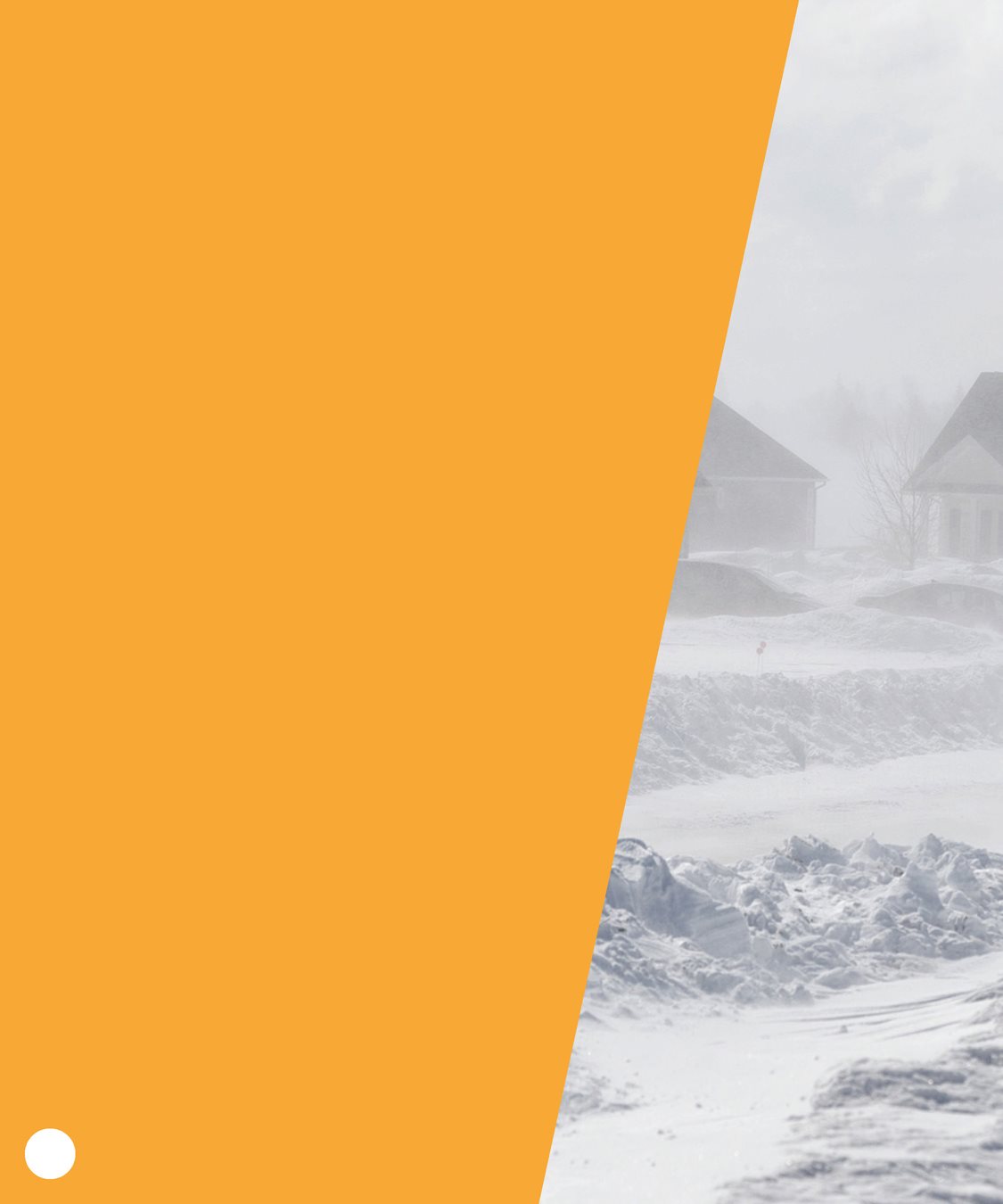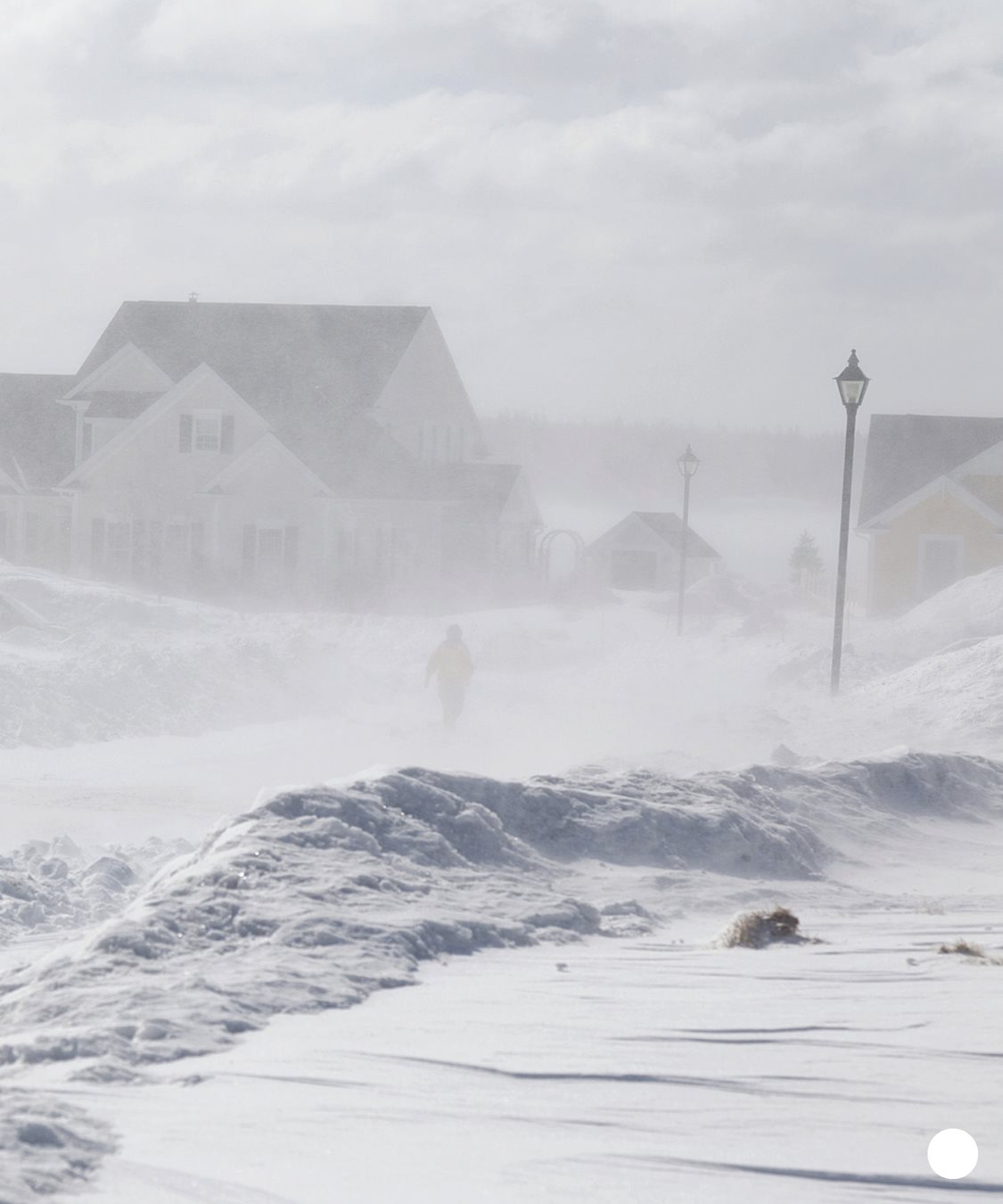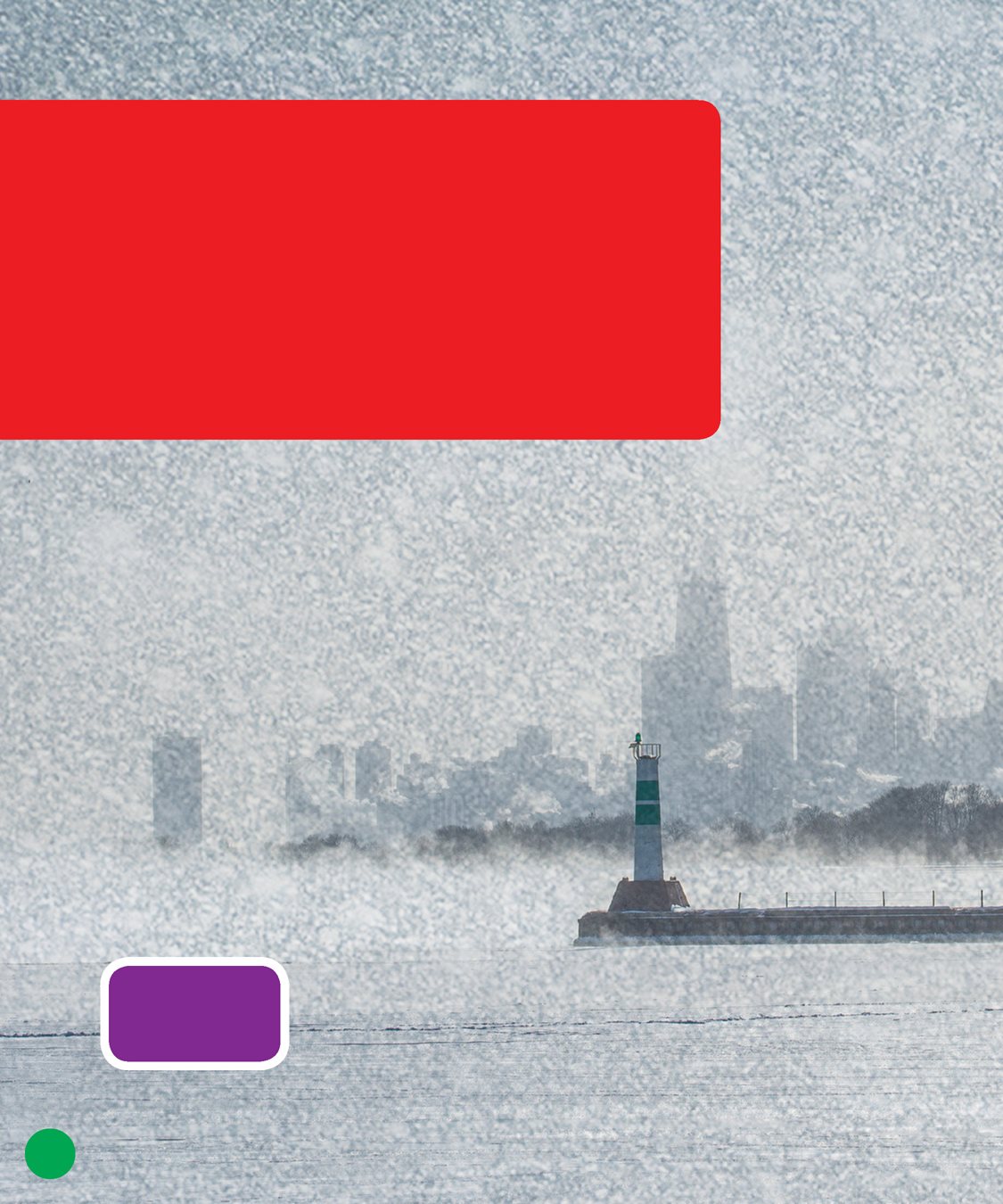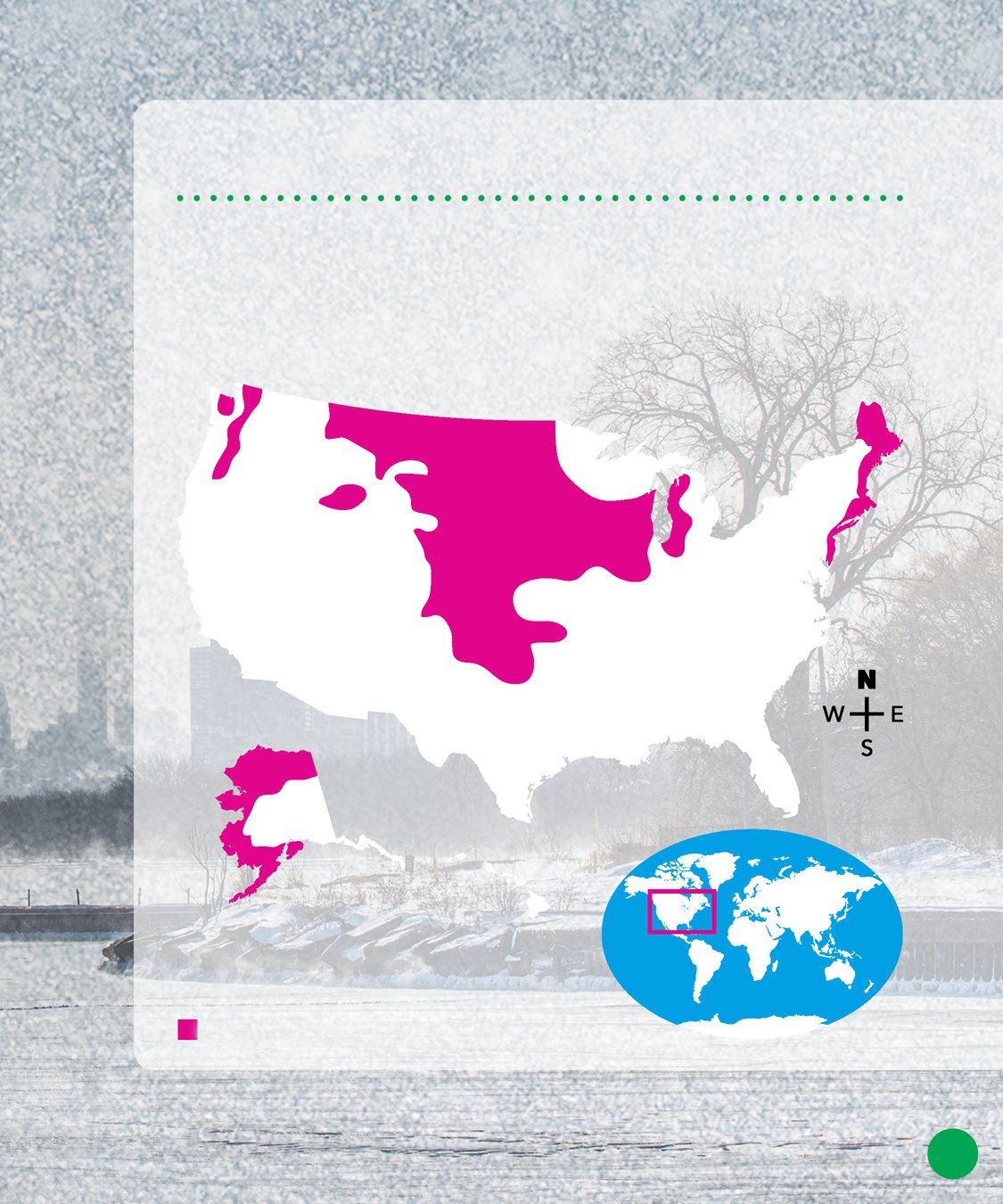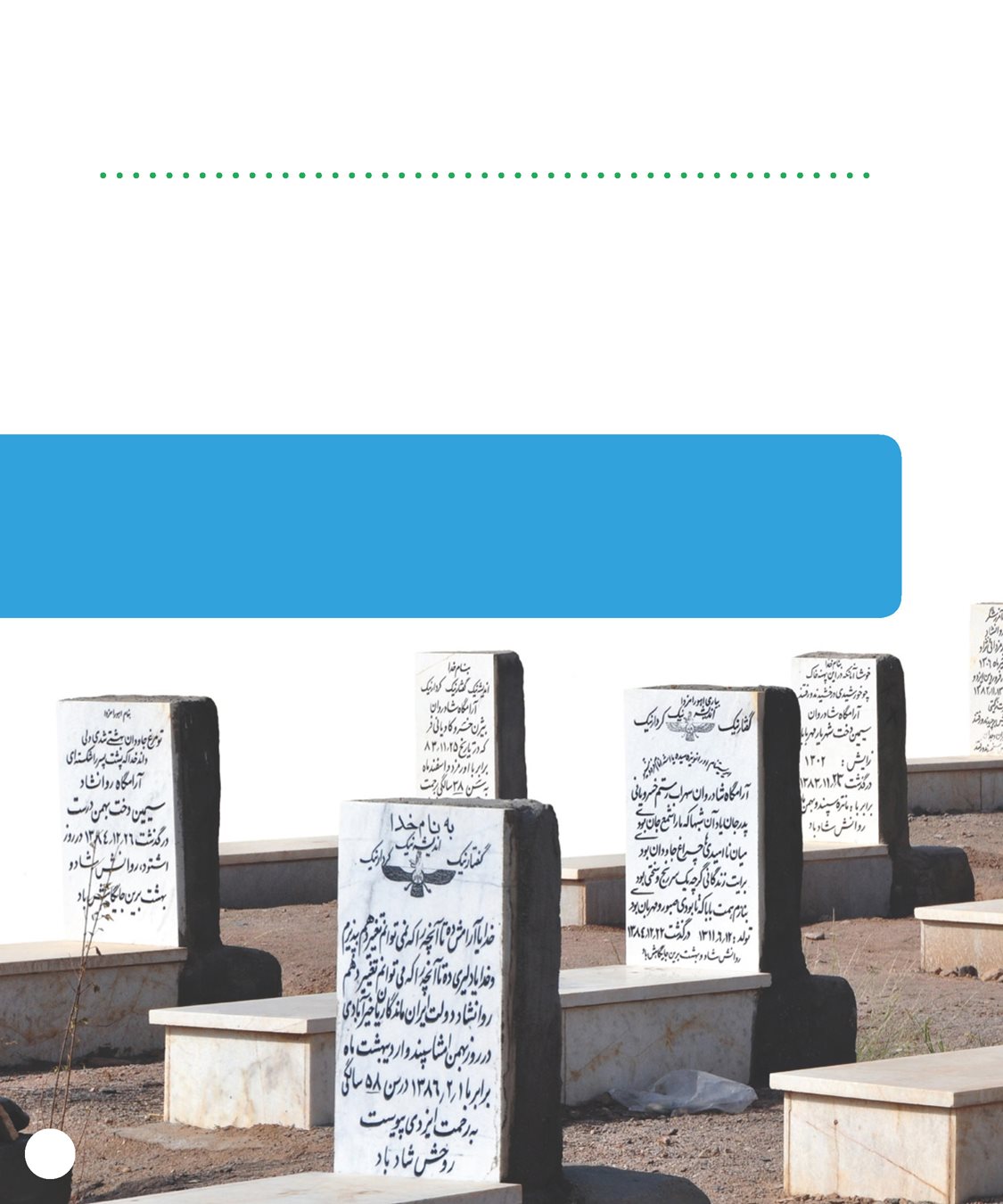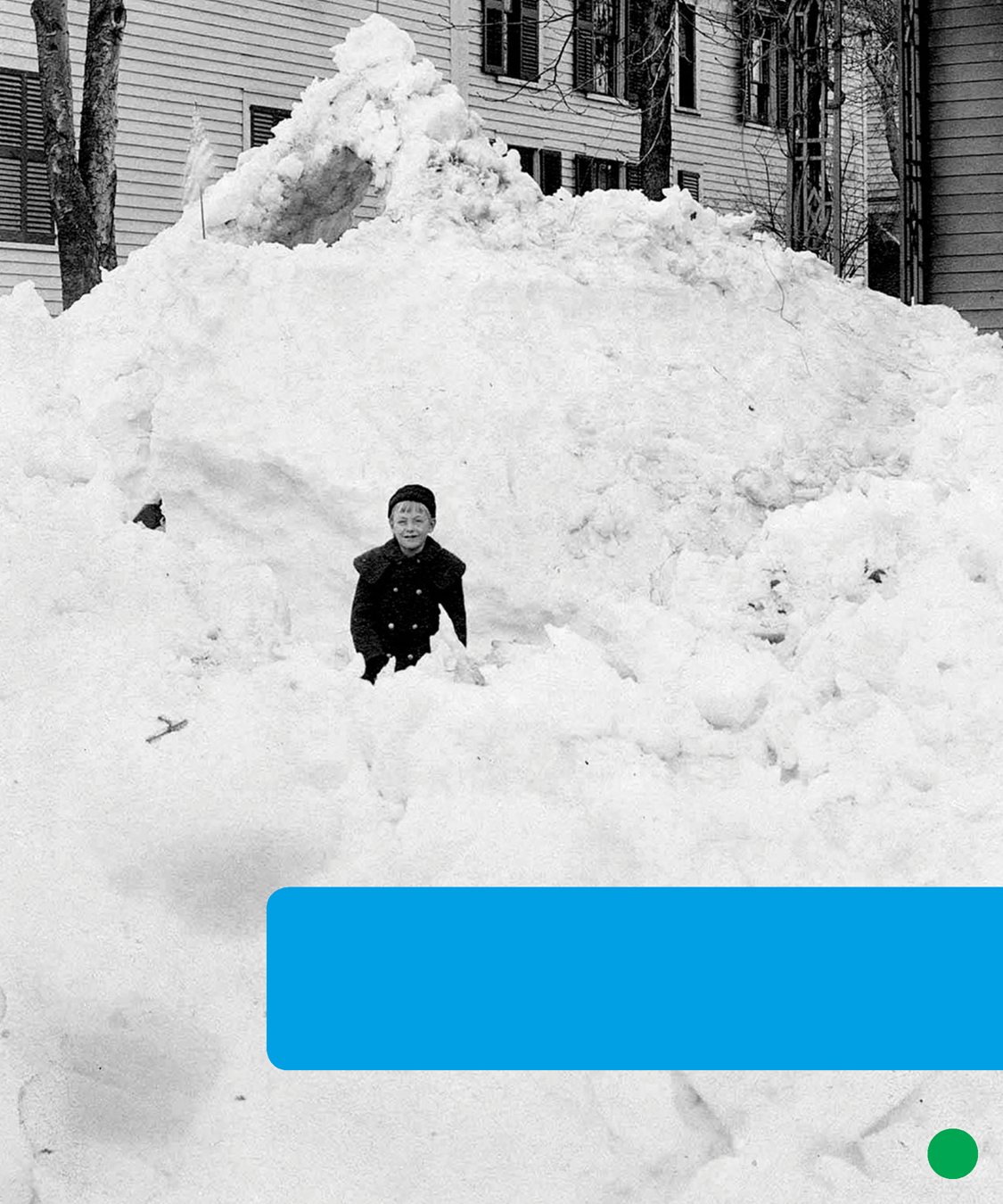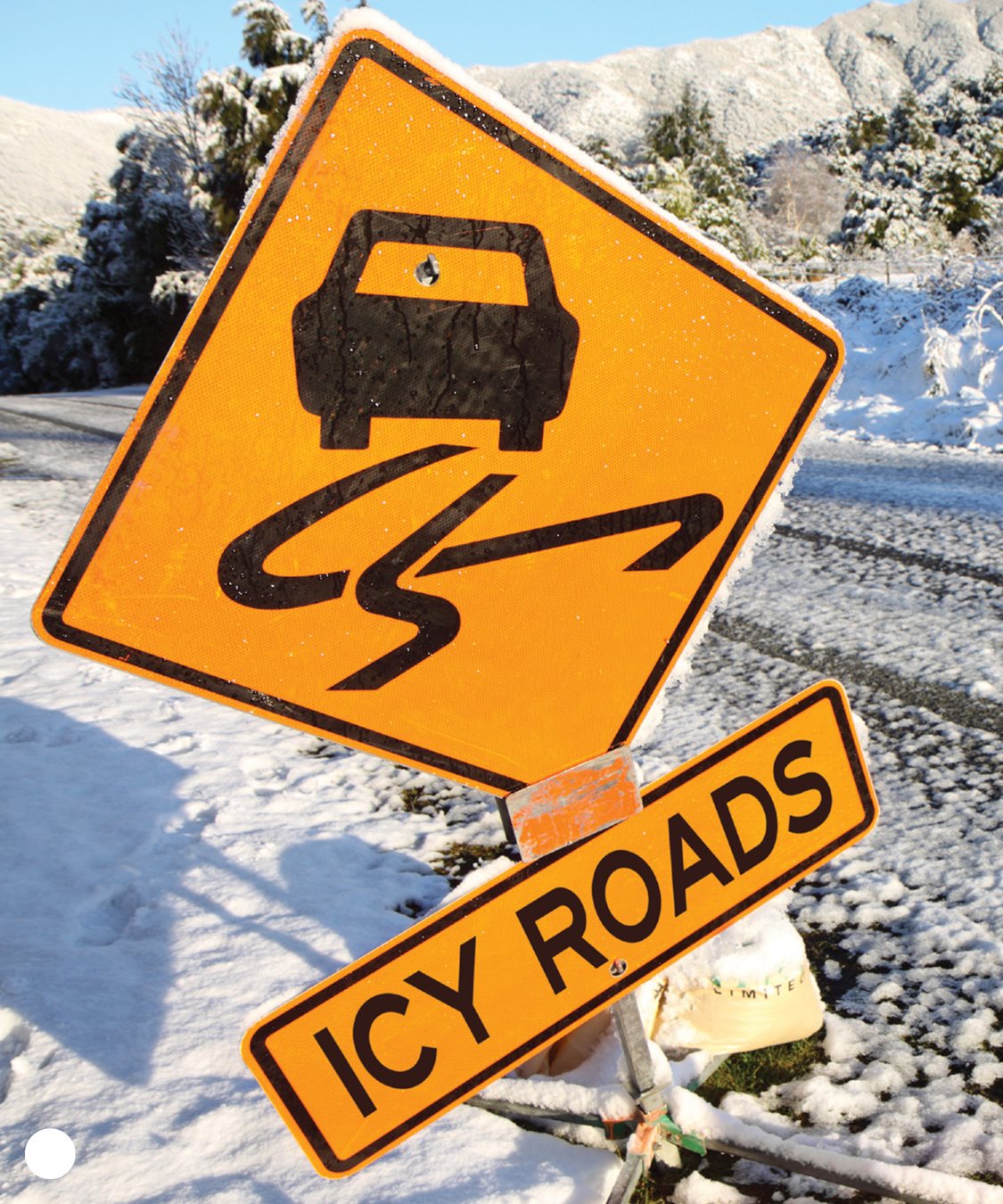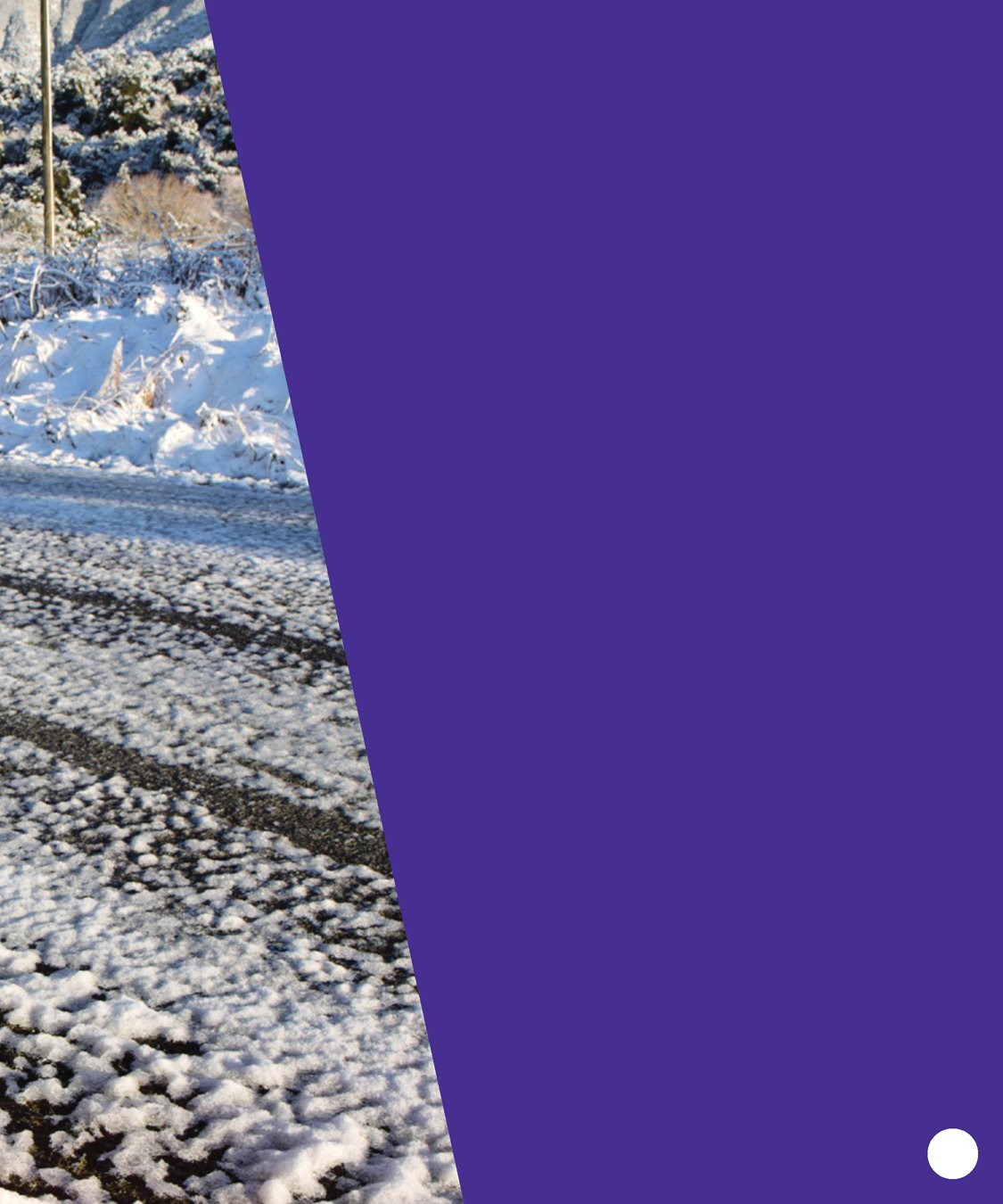Ideas for Parents
and Teachers
Pogo Books let children practice
reading informational text while
introducing them to nonfiction
features such as headings, labels,
sidebars, maps, and diagrams,
as well as a table of contents,
glossary, and index. Carefully leveled text with
a strong photo match offers
early fluent readers the support
they need to succeed.
Before Reading
Walk through the book and
point out the various nonfiction
features. Ask the student what
purpose each feature serves. Look at the glossary together.
Read and discuss the words.
Read the Book
Have the child read the book
independently.
Invite him or her to list questions
that arise from reading.
After Reading
Discuss the childs questions.
Talk about how he or she might
find answers to those questions. Prompt the child to think more.
Ask: Have you ever been in a
blizzard? How long did it last?
What did you do? Pogo Books are published by Jump!
5357 Penn Avenue South
Minneapolis, MN 55419
www.jumplibrary.com Copyright 2016 Jump!
International copyright reserved in all countries.
No part of this book may be reproduced in any form
without written permission from the publisher. Library of Congress Cataloging-in-Publication Data Meister, Cari. Blizzards / by Cari Meister. pages cm (Disaster zone) Includes index.
Audience: 710. ISBN 978-1-62031-223-0 (hardcover: alk. paper) ISBN 978-1-62031-263-6 (paperback) ISBN 978-1-62496-310-0 (ebook) 1. BlizzardsJuvenile literature. I. Title.
QC926.37.M45 2016 551.555dc23 2014044359 Series Editor: Jenny Fretland VanVoorst Series Designer: Anna Peterson Photo Researcher: Anna Peterson Photo Credits: Connecticut State Library/Flickr, ;
Dreamstime, ;
iStock, ,
. Printed in the United States of America at
Corporate Graphics in North Mankato, Minnesota.
TABLE OF CONTENTS
CHAPTER
ITS A
BLIZZARD!
Imagine you are sitting
in a classroom in Colorado. You look out the window. 4 CHAPTER 1
There is snow everywhere. The wind
is blowing.
You cannot see anything
but white. Its a blizzard! CHAPTER 1
6 CHAPTER 1
You go home early. Blizzards make it hard
to travel. The blowing
snow makes it hard to
see the road. Cars slide.
Some end up in the ditch . Luckily, you make
it home safely.
CHAPTER 1
When large amounts of snow
fall, it is called a snowstorm. Blizzards often start out
as snowstorms.
DID YOU KNOW?
Sometimes, blizzards
happen a day or two
after the snow has fallen.
The wind is so strong that
it looks like it is snowing. 8 CHAPTER 1
CHAPTER 1
CHAPTER
HOW DO
BLIZZARDS
FORM?
A snowstorm needs cold air,
lots of moisture , and lift . 10 CHAPTER 2
warm air cold air snow Lift happens when cold air and
warm air meet. The warm air rises
over the cold air.
This turns the
moisture in the air into snow. CHAPTER 2
But a blizzard is different from
a snowstorm. A snowstorm
becomes a blizzard when
it has four things. ) There must be heavy or
blowing snow. ) Wind speeds must be greater
than miles per hour
( kilometers per hour ). ) The duration must be
longer than three hours. 12 CHAPTER 2
CHAPTER 2
In the United States, blizzards are
common on mountaintops and
on the Northern Great Plains . 12 CHAPTER 2
CHAPTER 2
In the United States, blizzards are
common on mountaintops and
on the Northern Great Plains .
Blizzards also happen along the
Northeast Coast and near the
Great Lakes. Lake
Michigan 14 CHAPTER 2
WHERE DO THEY HAPPEN?
Blizzards are common in the Great Plains. The cold, dry
weather creates light, fluffy snow. The flat land allows
for high wind speeds. Together they create perfect
blizzard conditions. = Blizzard Zones
UNITED STATES
CHAPTER 2
CHAPTER
DEADLY
BLIZZARDS
The deadliest blizzard in history happened
in 1972 in Iran .
More than feet ( 7.6 meters )
of snow fell, and 4,000 people died. 16 CHAPTER 3
During the Great Blizzard of 1888,
more than Americans along
the East Coast lost their lives. CHAPTER 3
18 CHAPTER 3

